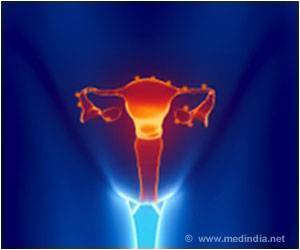Scientists have been concerned about chemicals in the environment that mimic the estrogens found in the body for many years.

Using cell cultures to test mixtures of three compounds known to affect estrogen signaling, — bisphenol A (found in plastic bottles and the linings), bisphenol S (a supposedly safer replacement for bisphenol A recently found to have similar effects) and nonylphenol (a common component of industrial detergents and surfactants) — the scientists determined that combinations of endocrine disruptors could have a dramatically greater effect than any one of them alone.
"We wanted to see how these persistent, ubiquitous contaminants affect estrogenic signaling when they're mixed together as they are in nature, so we set up a cell-culture system that allowed us to test their influence on signaling by estradiol, the estrogen found in adult, cycling women," said UTMB professor Cheryl Watson, senior author of a paper on the study now online in the journal Environmental Health (http://www.ehjournal.net/). "What we found is that these things gang up on estradiol and thwart its response, which is not a good thing."
Watson and her colleagues tested different mixtures of estrogen-disrupting compounds using rat pituitary cells, cells that are master regulators of the animals' endocrine systems. Their experiments measured the responses of key signaling pathways that lead to cell proliferation, the secretion of the pituitary hormone prolactin and the activation of proteins involved in apoptosis (programmed cell death), comparing the effects of estradiol alone with those of estradiol and mixtures of bisphenol A, bisphenol S and nonylphenol.
"These compounds work at very low concentrations — at the parts per trillion or parts per quadrillion level — and when you mix them together they affect estrogenic signaling differently and more dramatically than they do individually," Watson said. "We need to pay attention to this, because estrogens influence so many things in both males and females — reproduction, the immune system, metabolism, bone growth, all sorts of important biological functions."
Studies have detected measurable levels of bisphenol A and bisphenol S in the urine of more than 90 percent of Americans. According to Watson, modern humans are exposed to dozens of xenoestrogens more or less continually.
Advertisement
Source-Eurekalert









